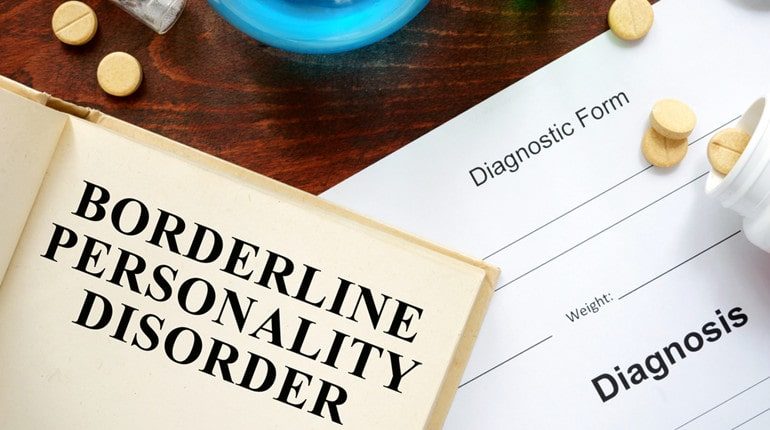Mental illness is a heavily depicted topic in movies and media. In recent years, borderline personality disorder has taken over our screens. There’s something about romanticizing the turbulent lives of characters with BPD that captivates audiences worldwide.
But these wild yet fun antics are often false representations of this psychological dysfunction. Let’s talk about the real and “less attractive” aspects of this disorder.
What Is Borderline Personality Disorder (BPD)?
The American Psychiatric Association classifies mental illness into three different clusters. BPD falls under cluster B along with narcissistic, antisocial, and histrionic personality disorders.
The central characteristic of BPD is affective instability. It causes unpredictable, extreme emotional responses to environmental demands and rapid switches from one emotional state to another. People with BPD also have a distinctly disorganized sense of self. This combination leads to chaotic interpersonal relationships highlighted by over-idealization and ending in bitter disillusionment and frustration.
People who suffer from BPD are often impulsive. They tend to respond to environmental demands without caring for the consequences. Combined with emotional uncertainty, this reckless trait paves the way for self-destructive behaviors.
Causal Factors
The characteristic traits of BPD can be hereditary. People with this disorder also have reduced serotonergic activity, possibly leading to their inability to regulate actions appropriately.
Research on psychosocial causes for BPD relies heavily on people’s self-report of memories. Most patients have faced trauma related to abuse, neglect, separation, and loss.
A recent study recorded interviews with 350+ BPD patients and over 100 patients with other personality disorders. People with BPD reported significantly higher rates of abuse as compared to those with other personality disorders.
Treatments
Personality is, by definition, relatively lasting, pervasive, and fixed patterns of behavior. Thus, its disorders are often challenging to treat. Of all personality disorders, most clinical and research attention has focused on the treatment of BPD. This determination has to do with the severity of this disorder and the high associated risk of suicide.
Treatment often involves both psychological and biological treatment approaches, with medications used as an adjunct to psychological treatment.
Experts classify effective psychotherapies for BPD into two main types:
• Cognitive-behavioral therapy seeks to change conscious thoughts and overt behaviors by making clients more aware of them. Psychologist Dr. Marsha Linehan developed one such type of cognitive therapy called Dialectical behavior therapy. This variation assumes that the core feature of BPD is the inability to regulate emotions. This inability develops when a hypersensitive individual grows up in a home that lacks emotional support or validation.
• Psychodynamic therapy address unconscious mental processes that arise in childhood and intervene later with the ability to function in adulthood. First proposed by psychiatrist Dr. Otto Kernberg, Transference-Focused therapy (TFT) is a type of psychodynamic therapy. It is based on the identity diffusion theory of BPD.
The theory suggests that BPD arises from the patients’ inability to blend positive and negative views of oneself and others. This kind of splitting originates in childhood but continues into adulthood, contributing to the development of BPD symptoms.
Final Thoughts
Though BPD’s general prevalence is less than 2 percent, it’s a widely popular disorder. It causes significant impairment in all spheres of life.
However, thanks to extensive research and significant improvements in Psychology, help is now available for everyone.
Many online sites, like BetterHelp, offer a better understanding of this and other personality disorders, as well as outlining typical treatment processes for them. An online mental disorders quiz can also help find possible mental issues and even prevention or more serious problems.



